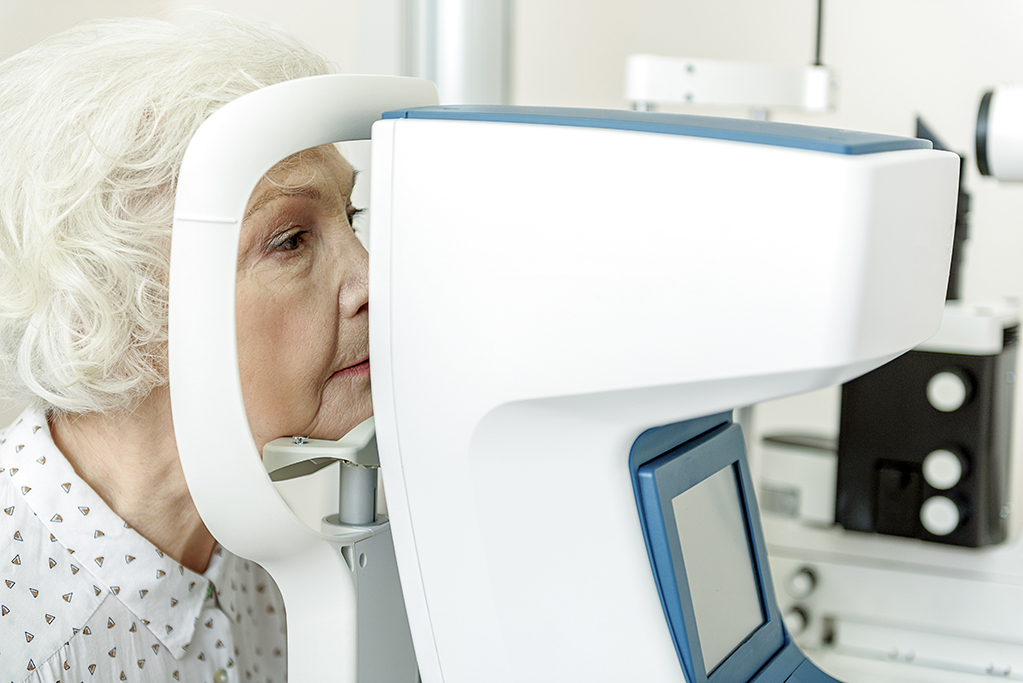What is Glaucoma?
Glaucoma is a group of diseases associated with eye pressure that is too high for the health of the eye and results in damage to the optic nerve, which is the cable that connects the eye to the brain. When glaucoma damages the optic nerve, it can result in permanent vision loss.
What causes glaucoma?
Fluid is constantly made in the eye and drains from the eye in an area called the drainage angle. This process keeps pressure in the eye (called intraocular pressure or IOP) stable. If the drainage system is not working properly, the fluid pressure builds up and can damage the optic nerve. This can happen in different ways, depending on the type of glaucoma. Even people with "normal" pressure levels can develop glaucoma.
What are the types of glaucoma?
There are two major types of glaucoma: open-angle and closed-angle glaucoma.
Open-angle glaucoma
The most common type of open-angle glaucoma is primary open-angle glaucoma (POAG), in which fluid does not drain as well as it should. It occurs slowly over many years, is painless, and causes no noticeable vision changes at first. However, we do not fully understand what causes primary open-angle glaucoma.
There are other types of open-angle glaucomas. Here are some examples:
Normal (or low) tension glaucoma occurs when the eye pressure is relatively low. The pattern of vision loss can be different from other types of glaucoma. Much is not known about the cause of normal tension glaucoma, but it can be associated with obstructive sleep apnea or low blood pressure.
Pseudoexfoliation glaucoma occurs when white, flaky material deposits inside the eye, especially in the drainage angle (causing relatively high eye pressure and often affecting one eye more than the other) and on the lens.
Pigmentary glaucoma occurs when the iris rubs on the lens, causing iris pigment to release. This clogs the drainage angle and results in high eye pressure. This tends to happen in younger, often male patients who are near-sighted.
Closed-angle glaucoma
There are two categories of closed-angle glaucoma: acute angle-closure glaucoma and chronic angle-closure glaucoma, which occurs when the iris (the colored part of the eye) is very close to the drainage angle. The iris can end up blocking the drainage angle. Sometimes, this can result in the eye pressure rising very quickly, which is called acute angle-closure glaucoma, which is an eye emergency.
Here are the most common signs of acute angle-closure glaucoma:
- Sudden blurry vision
- Severe eye pain
- Headache
- Nausea/vomiting
Many people develop angle-closure glaucoma slowly. This is called chronic angle-closure glaucoma, much like open-angle glaucoma, which occurs slowly over many years.
Risk factors for glaucoma
Some people are at higher risk of getting glaucoma. This includes:
- Age over 60
- Farsighted or nearsighted
- African or Hispanic ancestry
- A family history of glaucoma
- Elevated eye pressure
- Past injuries to the eye
- Systemic diseases such as diabetes
If you have any of these risk factors, it's important to have regular vision exams to diagnose any issues early.
How is glaucoma diagnosed?
A complete eye examination is the only sure way to diagnose glaucoma. High IOP alone does not mean you have glaucoma. During a glaucoma evaluation, your doctor will check intraocular pressure, inspect the drainage angle, evaluate the optic nerve for damage, and test the peripheral or side vision of each eye.
To schedule an appointment, call (509) 456-0107

